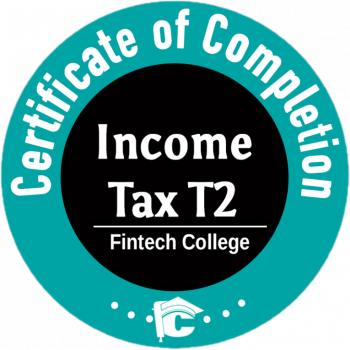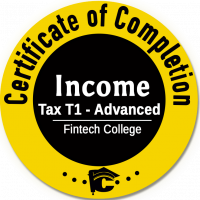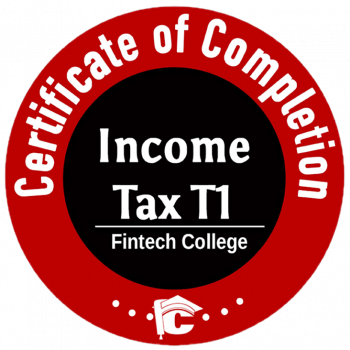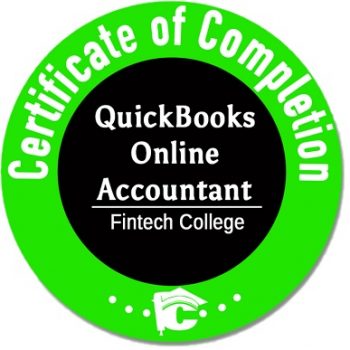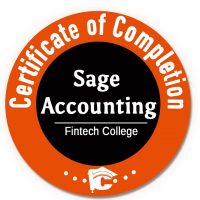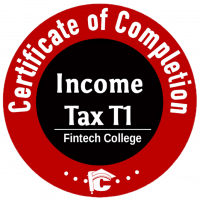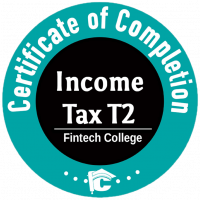Keep ALL Your Receipts for an Audit Trail
A legitimate business receipt for CRA purposes must contain:
- Sales under $30
- Name of the business
- Their address
- Their phone number
- The transaction date
- The total amount of the transaction
- Sales between $30 and $150
- All of the above plus
- An indication that you have paid the amount shown
- An indication of which items are taxable and which rate
- Their GST/HST number, if they are registered
- Sales $150 and more
- All of the above plus
- Buyer’s name
- A description of your purchase
Although the above list shows the invoice/receipt doesn’t need a description unless the purchase is over $150, the auditor could still ask you to prove it was a business expense.
For example, sometimes till receipts do not have a description of your purchase. In these instances, write on the back what the purchase was for. The auditor needs to know it was related to your business … and I guarantee you won’t have clue come audit time if you haven’t followed this habit.
CRA does allow some exceptions to invoice requirements
- Exemptions from documentary requirements and conditions for exemptions
- Unvouchered cash payments made to coin-operated devices
- Computerized records
- Contractual agreements
- Reimbursements
- Credit-card expenses
- Allowances
- Taxi fares
The consequences of not having receipts for an audit are simple … no receipt – no deduction.
What is NOT a Legitimate Receipt for Tax Purposes
A question often asked is, “Are credit card statements valid receipts?”. The short answer is no …
Let’s look at why a credit card statement is not the same as a receipt.
Let’s say you purchased gas for your vehicle on your credit card. It shows up on your statement. How can CRA have a problem with that?
Hmmm, have you ever bought candy bars, chips, smokes, lotto tickets when paying for your gas? Was the gas for your car … or your spouse’s vehicle?
You can see that just having an expense from a gas station on your credit card statement does not mean you purchased only gas for your vehicle … and therefore a credit card receipt is not an acceptable audit trail to determine if gas was purchased for your business trip. But hold on … don’t throw it out!
What’s important here is to not confuse proof of payment with a valid receipt which shows proof of purchase … you NEED BOTH for an adequate audit trail!
This means that your credit card slips and debit card slips are not valid receipts on their own. They only show payment of the amount … which is only one item on the list of criteria … so don’t throw them away! Each payment slip should be attached to the actual receipt.
Some cash register receipts show what you purchased and how you paid for it on the same receipt. I really love the businesses that have this system in place.
Common Audit Triggers
The CRA selects returns to audit based on a range of factors such as the likelihood for errors related to certain credits or deductions you have claimed. The agency also compares returns to previous years or to similar companies or lines of business as per your industry (SIC) code. They also randomly check people so you could also fall into that pile.
If you file a return and claim unusually more or less deductions or credits than you have in previous years, your return may be flagged for an audit.
Similarly, excessive home office claims, writing off 100% of your vehicle expenses for business or claiming significantly less income than your neighbors, or claiming recurring losses from rental or self-employment may also trigger the audit process.


